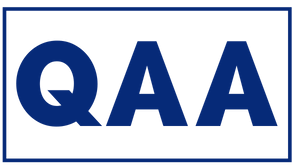
As the year closes, we often find ourselves reflecting on the wins and losses for our training programs to prepare for 2020 resolutions or goals. These wins and losses could be minor or major. A win could be as simple as an increased enrollment for an optional course. On the loss side, the learning and development team may need to consider re-evaluating the LMS due to a high number of employee complaints from unregistered completion status.
Were 2019 Training Goals Achieved?
When considering the organization’s goals from 2019, were they all achieved? Do any of these goals need to continue to be part of the 2020 training strategic plan? If not, why? What issue kept the goal from being achieved? This is important to consider as you prepare your 2020 goals. The same issue could keep a new goal from being accomplished.
How Do You Want to Move Forward?
After reviewing the 2019 training goals, what was considered to be your top training priorities by the employees and leadership? If you do not know, this should probably be your first goal. Simple idea, but overlooked because we often feel that we know what employees need and want.
Take time to consider conversations in the break rooms, at lunch and after training sessions with others throughout the year. What did others tell you they liked or did not like about the training environment, courses, or in general? Are there simple adjustments that can be made to improve the training experience? What short-term and long-term goals are required for 2020?
Next Steps
Depending on the training goals or resolutions, QAA’s consultants can provide experienced consultants who understand how to offer insights and recommendations while following an organization’s procedures. Our services and products are based on analysis and evaluation. Contact us to schedule a free consultation and ask about our New Year discounts.



